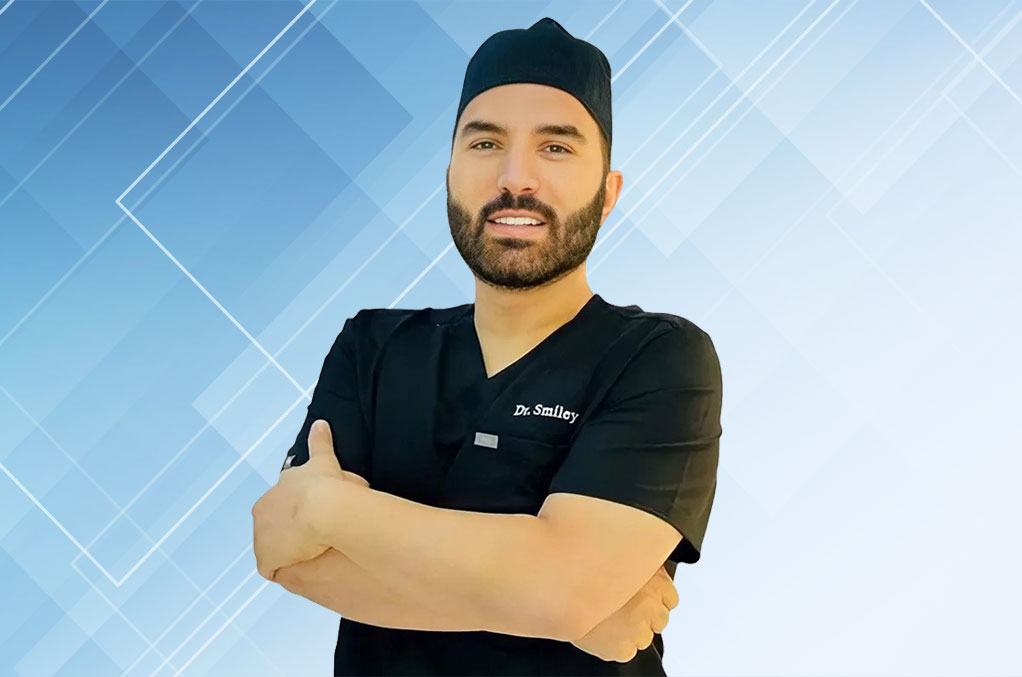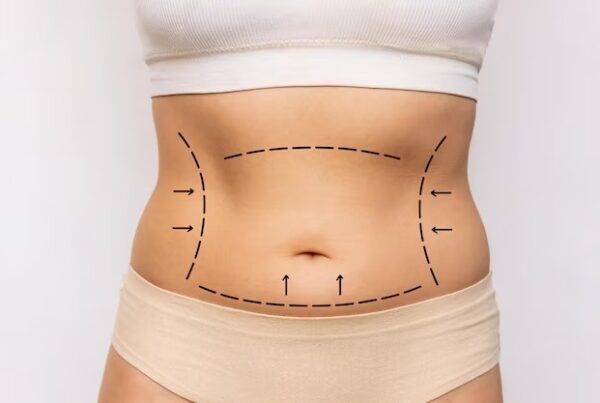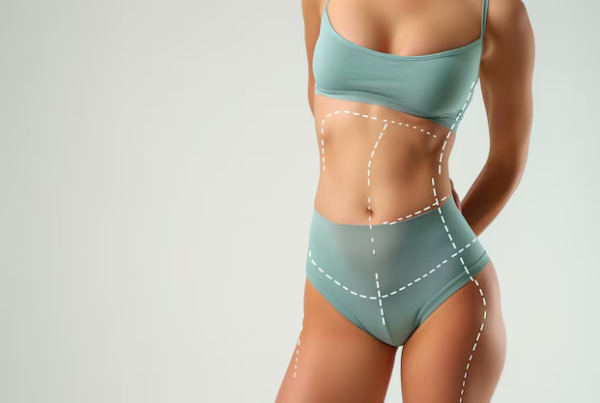Debunking Common Misconceptions About Liposuction: Separating Fact from Fiction
Liposuction, one of the most frequently performed cosmetic surgical procedures in the United States, continues to be a subject of widespread misunderstanding. Despite its popularity, surprising myths about liposuction persist, often leading to confusion among potential patients. This comprehensive guide aims to address and debunk these misconceptions, providing accurate information to help individuals make informed decisions about this body contouring method.
Top 10 Liposuction Misconceptions Or Myths Along With The Straitup Truth
Misconception 1: Liposuction is a Weight Loss Solution
One of the most common misconceptions about liposuction is that it serves as a weight loss method. In reality, liposuction is not designed for significant weight reduction. It is primarily a body contouring procedure aimed at removing localized fat deposits that are resistant to diet and exercise. Ideal candidates are typically within 30% of their ideal body weight and seek to address specific areas of concern.
Misconception 2: Liposuction Treats Cellulite
Another prevalent myth about liposuction is its effectiveness in treating cellulite. Contrary to popular belief, liposuction does not directly address the underlying causes of cellulite, which involve the interaction between fat deposits and connective tissue beneath the skin. While removing excess fat can sometimes improve the appearance of cellulite, it is not a guaranteed outcome of the procedure.
Misconception 3: Liposuction is Not Suitable for Older Individuals
Age alone does not disqualify someone from undergoing liposuction. The suitability of the procedure depends more on overall health, skin elasticity, and realistic expectations. However, it’s important to note that older individuals may have less skin elasticity, which could affect the final results. A thorough consultation with a board-certified plastic surgeon can help determine if liposuction is appropriate for an individual, regardless of age.
Misconception 4: Liposuction is Dangerous
While all surgical procedures carry some risk, liposuction techniques have evolved significantly over the years, making it a relatively safe procedure when performed by experienced, board-certified plastic surgeons. The development of advanced new liposuction techniques has further enhanced its safety profile. However, as with any surgical intervention, it’s crucial to follow all pre- and post-operative instructions to ensure optimal results and minimize risks.
Misconception 5: Liposuction Provides Immediate and Permanent Results
One of the liposuction myths that needs addressing is the expectation of immediate and permanent results. While the removal of fat cells is permanent, the final contour may not be fully apparent immediately after the procedure due to swelling and bruising. Moreover, maintaining results long-term requires a commitment to a healthy lifestyle, including proper diet and regular exercise.
Also Read:
Body Contouring Procedures: What’s New in 2024?
What Is Chin Liposuction In Beverly Hills – All You Need To Know
Misconception 6: Liposuction Can Fix Loose or Sagging Skin
A common misunderstanding is that liposuction can address issues of loose or sagging skin. In reality, liposuction is primarily focused on removing excess fat and does not have a significant skin-tightening effect. For areas with lax skin, such as a double chin or a loose tummy, additional or alternative procedures may be necessary to achieve the desired results.
Misconception 7: Liposuction is Only for Women
Contrary to popular belief, liposuction is not exclusively for women. Men increasingly seek liposuction to address areas such as the abdomen, love handles, and chest. The procedure can be equally effective for both genders, helping to sculpt and contour various body areas.
Misconception 8: Liposuction Can Target All Types of Fat
One of the most important misconceptions about liposuction to clarify is its ability to target different types of fat. Liposuction is effective for removing subcutaneous fat, which lies just beneath the skin. However, it cannot address visceral fat, which is located deeper in the body, surrounding organs. This limitation is particularly relevant when considering liposuction for belly fat, as not all abdominal fat can be treated with this procedure.
Misconception 9: Recovery from Liposuction is Quick and Painless
While liposuction is less invasive than many other surgical procedures, it still requires a significant recovery period. Patients should expect some discomfort, swelling, and bruising in the treated areas. The recovery time can vary, but most individuals need at least a week off work and should avoid strenuous activities for several weeks post-surgery.
Misconception 10: Liposuction Results Are Guaranteed and Uniform
Perhaps one of the most crucial myths about liposuction to dispel is the notion of guaranteed, uniform results. The outcome of liposuction can vary based on factors such as skin elasticity, body type, and the specific areas treated. It’s essential for patients to have realistic expectations and understand that while significant improvements are possible, perfection is not a guaranteed outcome.
Conclusion: Making Informed Decisions About Liposuction
By addressing these common misconceptions about liposuction, we hope to provide a clearer understanding of what this popular cosmetic procedure can and cannot achieve. Liposuction, when performed by qualified plastic surgeons, like Dr. Smiley, an expert cosmetic surgeon in Beverly Hills and Los Angeles, can be a safe and effective method for body contouring. However, it’s not a substitute for a healthy lifestyle or a solution for significant weight loss.
Potential patients should approach liposuction with realistic expectations, understanding its capabilities and limitations. A thorough consultation with a board-certified plastic surgeon near you is crucial to determine if liposuction is the right choice for individual goals and circumstances.

Have additional questions?
We’re here to help. Let’s talk.




